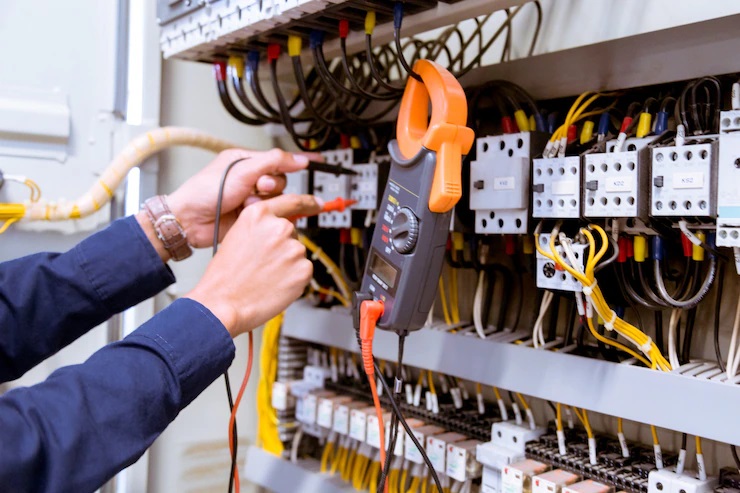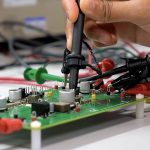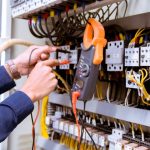Introduction
Electrical panels, often referred to as switchboards or distribution boards, are essential components in the management and distribution of electrical power in industrial, commercial, and residential settings. These panels house the electrical switches, circuit breakers, and fuses required to control and protect electrical circuits. This article delves into the importance, components, and considerations involved in designing and maintaining electrical panels.
Understanding Electrical Panels
Electrical panels are the central hubs for distributing power from the main supply to various circuits within a building or facility. They ensure that electricity is distributed safely and efficiently, and they protect the system from overloads and short circuits. The design and layout of an electrical panel can vary depending on the specific requirements of the application.
Components of Electrical Panels
An electrical panel typically consists of the following components:
Main Breaker: The main breaker controls the flow of electricity from the main power source to the panel. It can shut off all power in case of an emergency or overload.
Circuit Breakers: Circuit breakers are switches that automatically shut off power to a circuit if there is an overload or short circuit. They protect individual circuits and prevent damage to equipment and wiring.
Bus Bars: Bus bars are strips of conductive material that distribute power to the individual circuit breakers within the panel.
Neutral and Grounding Bars: These bars provide return paths for the electrical current and help to ensure the safety of the system by preventing stray voltage.
Wiring: The wiring in an electrical panel connects all the components and directs power to the various circuits.
Types of Electrical Panels
There are several types of electrical panels, each designed for specific applications:
Main Breaker Panels: These are the most common type of panels, used in residential and commercial buildings to distribute power to various circuits.
Sub-Panels: Sub-panels are secondary panels that receive power from the main panel and distribute it to specific areas or equipment.
Transfer Switch Panels: These panels are used in systems that include backup generators. They allow for the safe transfer of power from the main supply to the generator during a power outage.
Control Panels: Control panels are used in industrial settings to manage complex machinery and processes. They include additional components such as relays, timers, and controllers.
Design Considerations for Electrical Panels
Designing an electrical panel involves several important considerations:
Load Calculation: The total electrical load that the panel will handle must be calculated to ensure that the panel is appropriately sized. This includes considering future expansions or changes in power demand.
Safety Standards: Electrical panels must be designed to comply with local and international safety standards, such as the National Electrical Code (NEC) in the United States. This ensures that the panel is safe to operate and reduces the risk of electrical hazards.
Environmental Factors: The environment in which the panel will be installed should be considered. For example, panels in industrial settings may need to be designed to withstand harsh conditions such as dust, moisture, or extreme temperatures.
Accessibility: The layout of the panel should allow for easy access to the components for maintenance and troubleshooting. Proper labeling of circuits and components is also crucial for safety and efficiency.
Maintenance and Troubleshooting
Regular maintenance of electrical panels is essential to ensure their safe and efficient operation. This includes:
Visual Inspections: Regular visual inspections can help identify potential issues such as loose connections, corrosion, or signs of overheating.
Testing: Periodic testing of circuit breakers, relays, and other components can help ensure that the panel is functioning correctly.
Cleaning: Keeping the panel clean and free of dust and debris can prevent electrical faults and extend the life of the components.
Documentation: Keeping accurate records of maintenance and any changes made to the panel is important for future reference and compliance with safety regulations.
Conclusion
Electrical panels are a fundamental part of any electrical system, serving as the control center for power distribution. Proper design, installation, and maintenance of electrical panels are critical to ensuring the safety and reliability of the electrical system. Whether in a residential, commercial, or industrial setting, understanding the components and functions of electrical panels can help in making informed decisions and ensuring that the electrical system operates smoothly.






